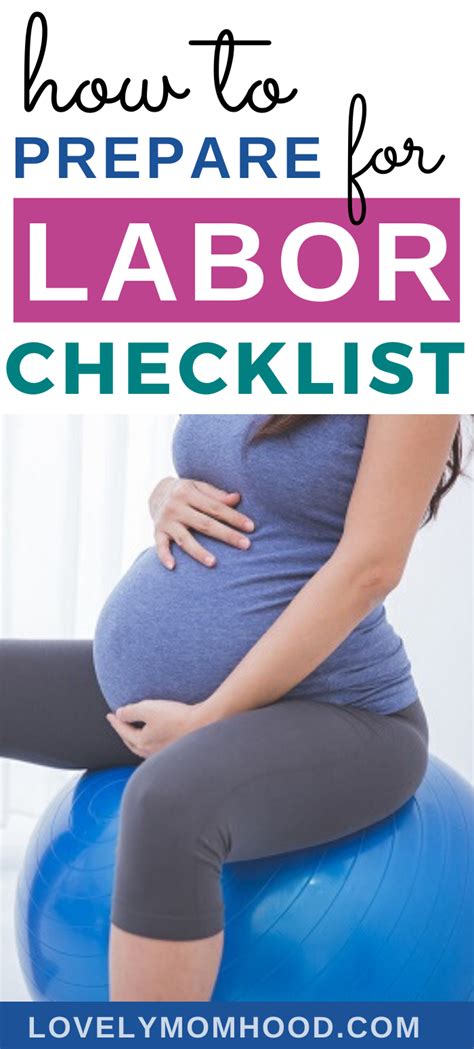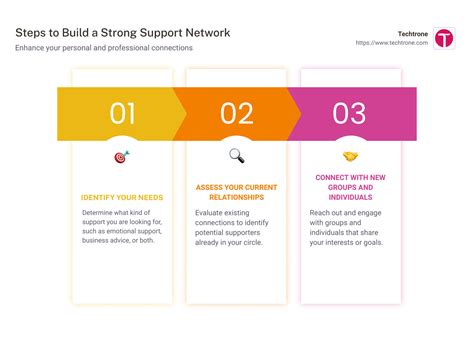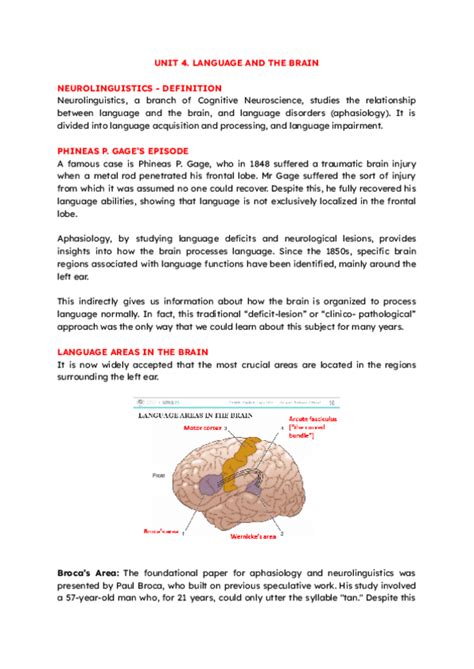Intro
Discover 3 ways to navigate the 3rd trimester with ease, including pregnancy exercises, nutrition tips, and stress management techniques to ensure a healthy birth and postpartum experience.
The third trimester of pregnancy is a critical period, marking the final stretch before the arrival of the baby. It is a time of significant physical and emotional changes for the mother, as the body prepares for childbirth and parenthood. Understanding the various aspects of the third trimester can help expectant mothers navigate this period with confidence and preparation.
As the pregnancy advances, the mother's body undergoes numerous transformations, from the enlargement of the uterus to the preparation of the breasts for lactation. The third trimester, which spans from approximately the 28th week to the 40th week of pregnancy, is a time of heightened anticipation and preparation for the baby's birth. It is essential for expectant mothers to stay informed about what to expect during this period, including the physical changes, emotional shifts, and necessary preparations for parenthood.
The journey through the third trimester can be both exciting and challenging. Expectant mothers may experience a range of emotions, from joy and anticipation to anxiety and apprehension about the impending birth and the responsibilities of parenthood. Moreover, the physical discomforts associated with the third trimester, such as back pain, fatigue, and frequent urination, can be overwhelming at times. Despite these challenges, the third trimester is also a period of great opportunity for preparation and bonding, setting the stage for a smooth transition into parenthood.
Understanding the 3rd Trimester

Physical Changes in the Mother
The physical changes experienced by the mother during the third trimester are profound and multifaceted. These changes can include back pain due to the strain of the growing uterus, fatigue resulting from the increased energy demands of the pregnancy, and frequent urination caused by the pressure of the uterus on the bladder. Additionally, many women experience Braxton Hicks contractions, which are practice contractions for the uterus as it prepares for labor. Understanding and managing these physical changes can significantly impact the mother's comfort and well-being during the third trimester.Preparing for Childbirth

Emotional Preparation
Emotional preparation is just as important as physical preparation during the third trimester. Expectant mothers may experience a range of emotions, from excitement and joy to fear and anxiety about the impending birth and parenthood. Engaging in activities that promote emotional well-being, such as meditation, yoga, or counseling, can help manage these emotions and prepare the mother for the challenges and rewards of parenthood.Nutrition and Health

Common Concerns and Complications
While many pregnancies proceed without complications, it is essential to be aware of potential concerns and complications that can arise during the third trimester. These can include gestational diabetes, preeclampsia, and preterm labor. Regular prenatal care and open communication with healthcare providers can help identify and manage these conditions, ensuring the best possible outcomes for both the mother and the baby.Building a Support Network

Postpartum Planning
Planning for the postpartum period is an often-overlooked but critical aspect of the third trimester. This includes understanding the physical and emotional changes that occur after birth, planning for breastfeeding support, and arranging for help with newborn care and household responsibilities. Additionally, considering postpartum mental health and having resources in place for managing postpartum depression or anxiety can ensure a healthier and more positive experience for new mothers.Final Preparations

Staying Positive and Focused
Maintaining a positive outlook and staying focused on the upcoming birth and parenthood can be challenging but is incredibly beneficial. Practicing mindfulness, engaging in positive self-talk, and visualizing a successful birth and positive parenting experience can help manage anxiety and foster a more positive and empowering experience.Conclusion and Next Steps

Looking Ahead
Looking ahead to the birth and the early days of parenthood, it is essential to remain flexible and open to the unexpected twists and turns that this journey may bring. By staying informed, seeking support when needed, and embracing the journey with positivity and resilience, new mothers can set themselves up for success and create a strong foundation for their new family.What are the most common physical changes during the 3rd trimester?
+The most common physical changes include back pain, fatigue, frequent urination, and Braxton Hicks contractions.
How can I prepare for childbirth during the 3rd trimester?
+Preparation for childbirth includes attending prenatal classes, understanding pain management options, and creating a birth plan.
What are some ways to manage stress and anxiety during the 3rd trimester?
+Managing stress and anxiety can be achieved through meditation, yoga, counseling, and maintaining a healthy lifestyle.
We invite you to share your experiences and thoughts about the third trimester. Your insights can help others navigate this critical period with greater ease and confidence. Whether you are an expectant mother looking for advice or a seasoned parent with valuable lessons to share, your contribution to the conversation can make a significant difference. Join us in creating a supportive community where knowledge and encouragement are freely shared, helping to make the journey into parenthood a more positive and empowering experience for all.
